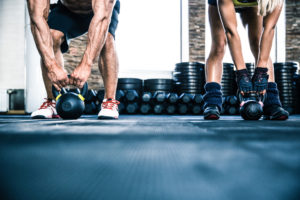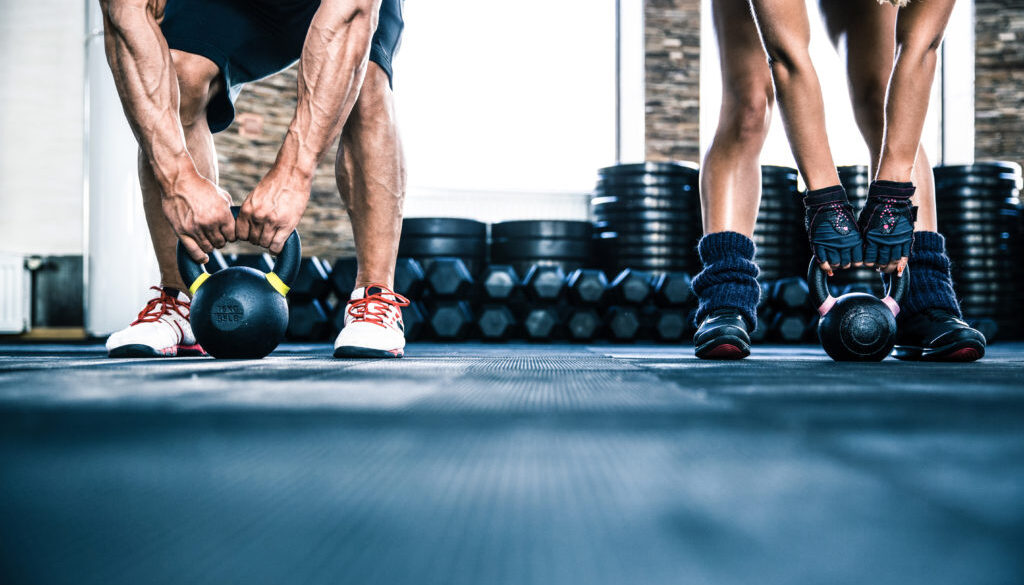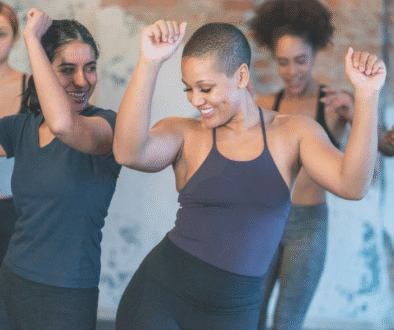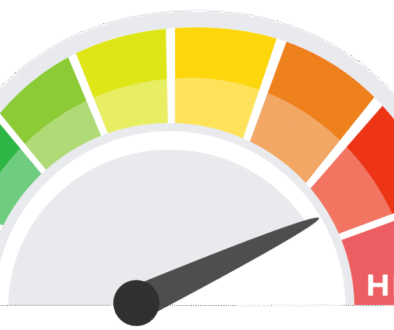Why HIIT Beats Steady State Cardio
by Michael Nash, My Fitness Boutique
HII T (high intensity interval training) involves working out for shorter periods of time at a frenetic pace, as opposed to the longer, less hectic alternative of steady state cardio. HIIT can be tough and will leave you shattered, but it is worth trying for so many reasons:
T (high intensity interval training) involves working out for shorter periods of time at a frenetic pace, as opposed to the longer, less hectic alternative of steady state cardio. HIIT can be tough and will leave you shattered, but it is worth trying for so many reasons:
• Quicker workouts: Steady state cardio needs to be performed for around 45-60 minutes to leave any lasting benefits. We may not have that much free time to commit several days a week, so perhaps the 20-minute bouts of HIIT are more ideal. Indeed, the Tabatha HIIT workout can be completed in less than five minutes and is highly effective.
• Increased heart and lung capacity: Steady state workouts challenge your heart rate to 60% of its maximum during prolonged periods of exercise. HIIT is designed to push that all the way up to 85% in short bursts, which will leave you with improvements in your heart and lung capacity.
• Greater fat burn: If you replace two weekly steady state sessions with a couple of HIIT workouts, you will benefit from greater reductions in total body fat and visceral fat stores.
• Improved gains: Fitness enthusiasts cherish their gains, and HIIT is the perfect way to achieve them. HIIT weights training, especially with heavier weights, is very intense and is almost guaranteed to boost muscle strength significantly.
• Lose weight, not muscle: With steady state cardio, it is very difficult to make any meaningful muscle gain. If anything, it is more likely to result in the loss of muscle. HIIT, though, enables you to preserve muscle gain after workouts and instead burns off weight from fat stores. Farewell, flab!
• Increased metabolism: HIIT workouts will hit your lactate and anabolic thresholds, so your body will be able to experience metabolic changes. These thresholds aren’t adequately challenged by steady state cardio, so there will be minimal changes to your metabolism, if indeed any.
• Greater calorie burn: You’ll burn plenty of calories during HIIT workouts, but it doesn’t stop when you hit the showers. Those calories will continue to disappear for another 24 hours after exercising due to increases in oxidative capacity. Steady state cardio is fine for burning calories during a workout, but that ceases with the exercise and your oxidative capacity will see no improvement.
• More challenging: If you don’t feel exhausted after exercising, you’re not going hard enough! Steady state cardio is fine and all, but it can be rather tedious and formulaic, to the point where you almost feel bored during the workout. That won’t be a worry with HIIT, which is so full-on and punishing that you’ll be running on empty by the time the workout finishes. That’s a good sign, though; it shows that you’ve pushed yourself to your limits and properly challenged yourself.
• The feel-good factor: HIIT increases your blood’s pump rate and releases feel-good endorphins, which will leave you on a natural high. Also, you’ll feel a genuine sense of achievement after finishing a HIIT workout, knowing that you spared no effort and pleased that you overcame a tough challenge.
Now are you convinced that HIIT is the way to go? Good! One caveat to consider, though: if you’re unfamiliar with high intensity exercise, it will take a hell of a lot out of you at first. Therefore, you’re best off to set yourself realistic challenges at first, meet those and then you can set the bar higher. Don’t demand too much of yourself too soon; progress over time is what you want, and aiming too high initially will only deter you from HIIT. Give it a go, stick with it and your body will become a temple of envy in no time!



